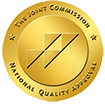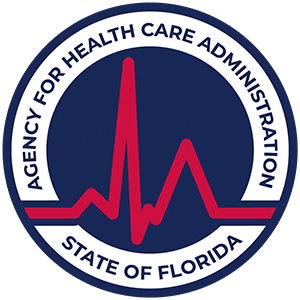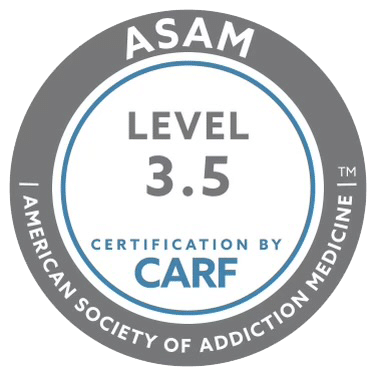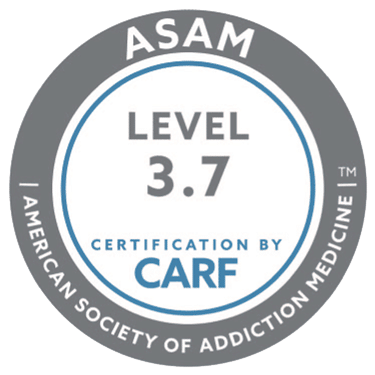Cocaine addiction is one of the most serious types of substance addiction and comes with a wide range of health problems. This is because cocaine is highly addictive and extremely potent.
With that being said, treating cocaine addiction is not impossible as long as you seek professional help and take steps on the right path.
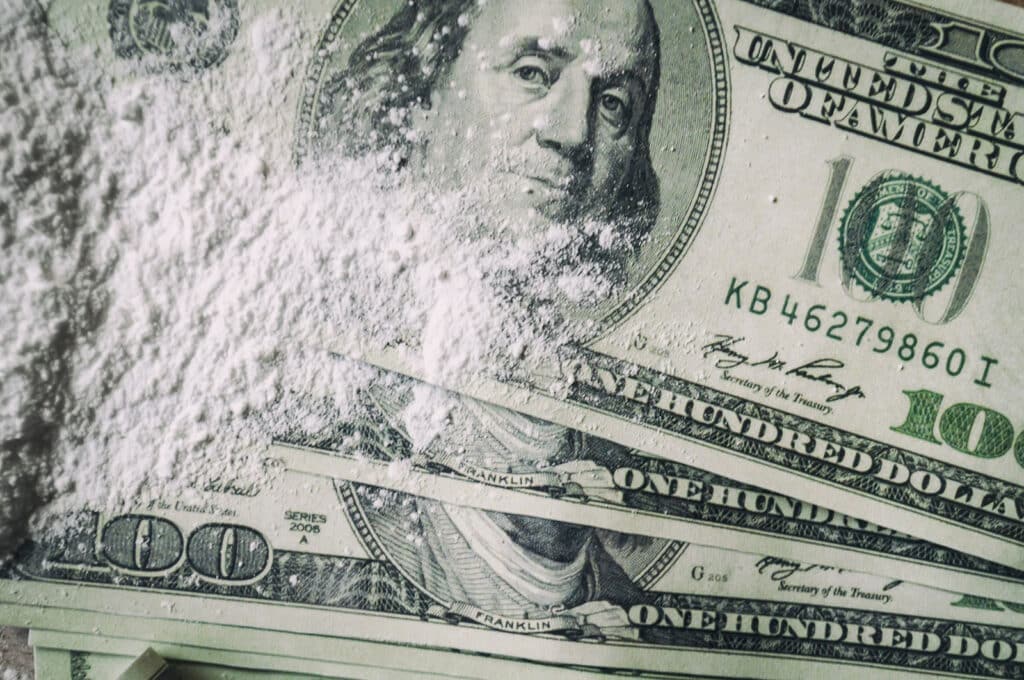
If you or your loved ones are suffering from cocaine abuse, this article will provide you with a brief overview of the condition, its symptoms, and effective cocaine addiction treatment methods.
What Does Cocaine Do to the Brain?
Cocaine is a drug that is derived from the coca plant and has been used for a long time as a potent stimulant.
The drug is illegal in many countries because of its extremely high addictiveness and dangerous effects on the body and mind, especially in long-term use.
Cocaine works by increasing the concentration of dopamine in the brain by blocking that regulating system that reduces its concentration when it exceeds a certain limit.
Since dopamine is the neurotransmitter responsible for the sensation of pleasure and satisfaction, the potent drug causes intense euphoria when it’s consumed.
Besides dopamine, cocaine also increases the concentration of norepinephrine through a similar mechanism, which is responsible for the excited state of cocaine.
What Makes Cocaine Addictive?
Despite its potent effect, the effects of cocaine doesn’t last for a long time, which pushes users to take extra doses to maintain the state of euphoria.
Besides its short effect, cocaine also develops high tolerance extremely quickly. As a result, heavy cocaine dependence accumulates in a short time from increasing the doses exponentially, creating extreme urge and anticipation for the next dose.
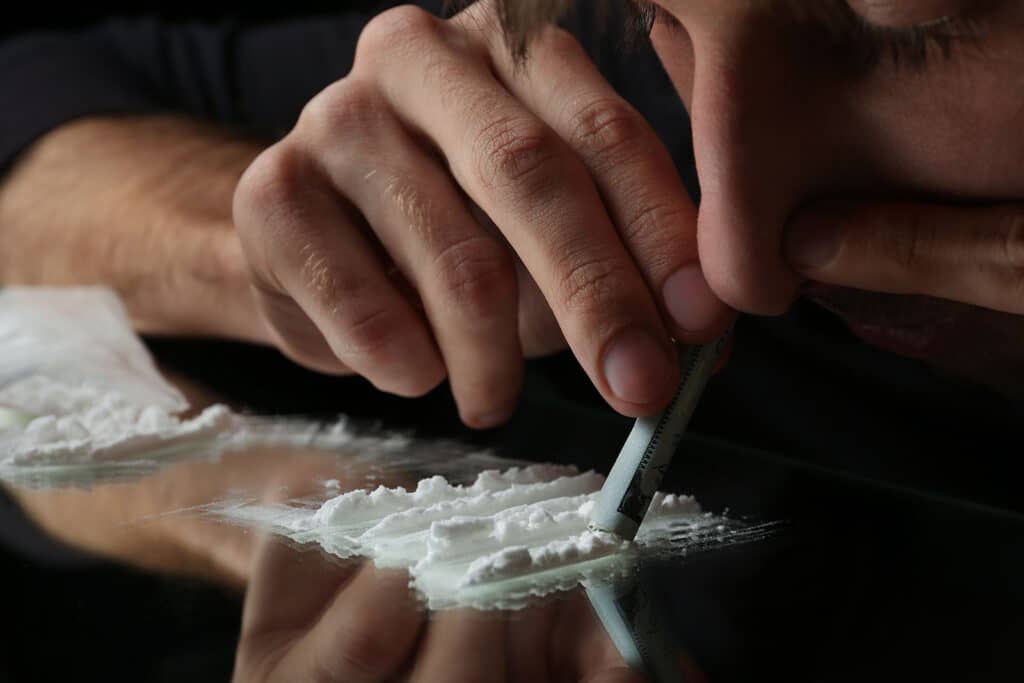
How Common Is Cocaine Addiction?
Cocaine is a commonly abused substance and one of the most dangerous ones in terms of addictiveness and long-term effects.
According to the National Survey on Drug Use and Health, around 4.8 million people (aged 12 or older) reported taking cocaine in the U.S. in 2021.
Another report from 2019 shows that cocaine is the second most used illicit drug in the U.S. after marijuana, which is legalized in many states.
Why Cocaine Addiction Treatment Is Critical
Cocaine is extremely dangerous because it’s highly addictive and causes serious complications on both short and long-term use.
Since cocaine tolerance develops quickly, the risk of overdosing on cocaine is quite high. Taking high doses of cocaine can also lead to life-threatening side effects, such as cardiac arrests.
In fact, a recent report by the National Institute on Drug Abuse found that over 24,486 deaths reported in 2021 were caused by a cocaine overdose, bouncing from 19,447 in 2020.
Causes of Cocaine Addiction
Cocaine use is usually the result of multiple factors rather than a single one. The more underlying factors that someone has, the more likely for them to develop cocaine use disorder.
These causes include:
- Family History and Genetics: A recent study published in Nature found that people with close family members that were addicted to cocaine are more likely to develop an addiction themselves.
- Stress and Environmental Effects: As a stimulant drug, many people end up using cocaine to overcome stress, especially work and school-related ones, by seeking the performance-enhancing effects of the drug
- Psychological Aspects: Studies found that cocaine addiction is deeply related to mental illness and psychiatric conditions (as a cause and/or a result), ranging from depression to manic psychosis.
Besides these causes, belonging to risk groups or having multiple risk factors can also increase the chances of developing cocaine addiction such as:
- Availability of illicit drugs where you live
- Lack of parental supervision
- Peer pressure and being surrounded by people who developed a cocaine addiction

Signs of Cocaine Addiction
Since cocaine is a highly addictive illicit drug with almost no uses in modern medicine, using cocaine in any dose is a telltale sign of potential addiction.
However, there are some major behavioral signs of cocaine addiction, which are classified into short and long-term use signs. Here’s a quick look at each of them:
Short-Term Cocaine Use Signs
- Erratic behavior and noticeable state of excitement and instability
- A noticeable tendency for aggression, risk-taking, and illegal activity
- Secretive behavior and changing circles (new friends)
- Higher affinity to talk and shifting between topics
- Sensitivity to lights and sounds
- Mood swings
- Developing sleep disorders
Long-Term Cocaine Use Signs
- Tremors and shakiness
- Excessive borrowing and stealing
- Increased secrecy and disconnection
- Developing mental illnesses like depression, anxiety, panic attacks, and bipolar disorder
- Suicidal and homicidal thoughts
- Poor hygiene
Symptoms of Cocaine Addiction
The potent effect of cocaine quickly manifests its physical symptoms in people with cocaine use disorder. These symptoms can also be classified into short and long-term symptoms, including:
Short-Term Cocaine Use Symptoms
- Dilatation of the pupils
- Lack of sleep and lost appetite
- Inflamed sinuses and runny nose (from snorting)
- Increased heart and respiratory rates (hyperventilation)
- Excessive sweating
- Nausea and abdominal pain
- Agitation and tremors
Long-Term Cocaine Use Symptoms
- Lower productivity and work ethic, which leads to losing jobs and/or dropping out of school
- High blood pressure
- Nosebleeds and heavy nasal infections
- Seizures
- Enlarged heart, which can lead to heart failure
- Extreme weight loss from malnutrition
- Increased risk of blood clots, strokes, and tears in blood vessels

Treatment Options for Cocaine Addiction
The potency of cocaine makes treatment quite challenging, but not impossible. In fact, there are various methods and options that can help with the condition from different angles, which is why a combination of them is often the best strategy to treat cocaine addiction.
1. Medical Detoxification
Medical detoxification is the primary step in any cocaine addiction treatment plan. In this step, patients are kept in a safe environment to allow their bodies to gradually eliminate cocaine and recover from the drug’s physical and psychological effects.
The duration of the medical detox stage varies from one person to another and relies on the severity of the addiction. On average, medical detoxification usually takes anywhere between 4 to 8 weeks.
In most cases, tapering the dose gradually might be necessary, which is why medical supervision during this stage is quite necessary, and medical rehabilitation centers are highly recommended.
2. Behavioral Therapy
Even after the cocaine is eliminated from the body, craving it will require a lot of work on behaviors and impulse control.
This is where behavioral therapy comes into play. Here’s a quick look at the different types and what they help at:
Cognitive Behavioral Therapy
Cognitive behavioral therapy is proven by clinical studies to be one of the most effective treatment methods when it comes to treating anxiety-associated addiction.
This is because feeling overwhelmed and anxious are among the main factors that push people to use drugs like cocaine.
For that reason, correcting behaviors and abolishing addictive patterns starts by adjusting these behaviors.
It works by helping patients deal with anxiety and break overwhelming tasks into smaller ones, including dealing with post-detox cravings.
Dialectical Behavioral Therapy
Dialectical behavioral therapy is a subtype of cognitive behavioral therapy that focuses on developing control over one’s impulses, which encourages them to overcome triggers and stressors that used to push them to drug use.
This technique works by encouraging patients to accept their feelings and thoughts while developing the necessary interpersonal skills to gradually change them to incorporate more self-control into their life.
Motivational Interviewing
This therapeutic technique puts more emphasis on creating and driving motivation to stay clean and avoid relapsing after recovery.
Motivational interviewing is built on several essential principles to ensure a successful treatment, including empathy, understanding, adaptation, and empowerment.
While this treatment technique is effective for all kinds of cocaine use disorder patients, it’s critically essential for those who were ambivalent or hesitant about treatment.

3. Support Groups
Since recovery from cocaine addiction is a long-term process, it requires continuous motivation and support to overcome triggers and surrounding stressors, and that’s what makes support groups extremely effective in the treatment of addiction, according to many studies.
Group therapy provide a judgment-free zone where everyone can share their thoughts on recovery and receive support for past experiences.
These support groups are mainly split into 12-step programs and non-12-step programs. Here’s a quick look at the difference between them.
12-Step Programs vs Non-12-Step Programs
The two types of support programs are highly effective when it comes to gathering encouragement to overcome cocaine cravings after recovery.
These programs typically follow specific guidelines that help recovered patients avoid triggers and stay clean while facing life challenges.
However, the main difference between the two comes from the source of support. While non-12-step programs put more emphasis on personal responsibility and peer support, 12-step programs use religious and spiritual elements to find peace and overcome triggers.
4. Medications
Currently, there are no medications or drugs approved by the U.S. Food and Drug Administration (FDA) to treat cocaine dependence or addiction.
However, many studies and research efforts provided some promising treatments that can be used as medications to treat dependence.
One of these medications is Disulfiram, which is used to treat alcoholism by causing discomfort and unpleasant effects when mixed with alcohol. Through a similar mechanism, Disulfiram can be used to achieve abstinence.
In addition to Disulfiram, a recent study found Topiramate (a seizure medication) relatively effective in delaying cocaine cravings in the post-detox phase.
Other studies also found that hypertension medications like propranolol are also effective in extending the abstinence period and reducing withdrawal symptoms severity.
Additionally, other medications are also currently under clinical trials to evaluate their efficacy in treating cocaine addiction, such as:
- Baclofen (muscle relaxant)
- Tiagabine (anti-seizure medication)
- Modafinil (narcolepsy medication)
- TA-CD (a type of vaccine that creates antibodies targeting cocaine molecules)

How to Start Cocaine Addiction Treatment
As previously established, cocaine addiction is quite complex and its treatment can be a challenging and lengthy process.
However, taking steps on the right path greatly improves the success rate of the treatment. Here’s a quick look at the steps involved in cocaine addiction treatment:
1. Seek Professional Help
The first and most critical step while treating cocaine addiction is to seek professional medical help.
Cocaine withdrawal symptoms are pretty intense and stopping cocaine addiction must be done in gradual dose reduction to avoid serious side effects.
Medical centers have the knowledge and experience necessary to provide an excellent environment for a healthy and safe treatment process while also increasing its chances of success.
2. Create an Individualized Treatment Plan
After the medical detoxification phase, cocaine addiction treatment becomes mainly psychological to overcome the craving and avoid relapse.
But since every person may have their own driving factors that led them to cocaine, what works for one patient may not be as effective for someone else.
For that reason, creating a personalized plan that targets the specific problems and causative factors that led to addiction is highly recommended for a more successful treatment.
This also includes treating all the underlying psychological conditions that may have led to cocaine use in the first place.
3. Understand the Challenges Associated with Cocaine Addiction Treatment
Treating cocaine addiction comes with plenty of challenges. For example, cocaine withdrawal symptoms include widespread pain and discomfort, which may require supportive medications to alleviate them.
Also, patients who suffer from co-existing mental conditions that may require psychotic medications need a continuous dose adjustment to keep the treatment effective without disrupting the patient’s psychological balance.
4. Maintain Your Progress and Avoid Relapses
Lastly, you should know that cocaine addiction treatment is a lifelong process, which is why proper impulse control and avoiding triggers are quite necessary to avoid relapses.

Conclusion
As one of the most potent stimulant drugs, cocaine addiction can be a tough challenge to overcome, especially when it’s often regarded as a performance enhancer.
With that being said, cocaine use disorder causes a variety of serious consequences and could result in a heart attack.
For that reason, if you or your loved ones are suffering from cocaine addiction or any form of substance abuse, you must seek help immediately.
Professional counseling can help you create a personalized plan with goals and motivations to speed up the recovery and reduce the risks of relapse.
FAQ
How long does cocaine addiction treatment last?
How can I support a loved one who is struggling with cocaine addiction?



